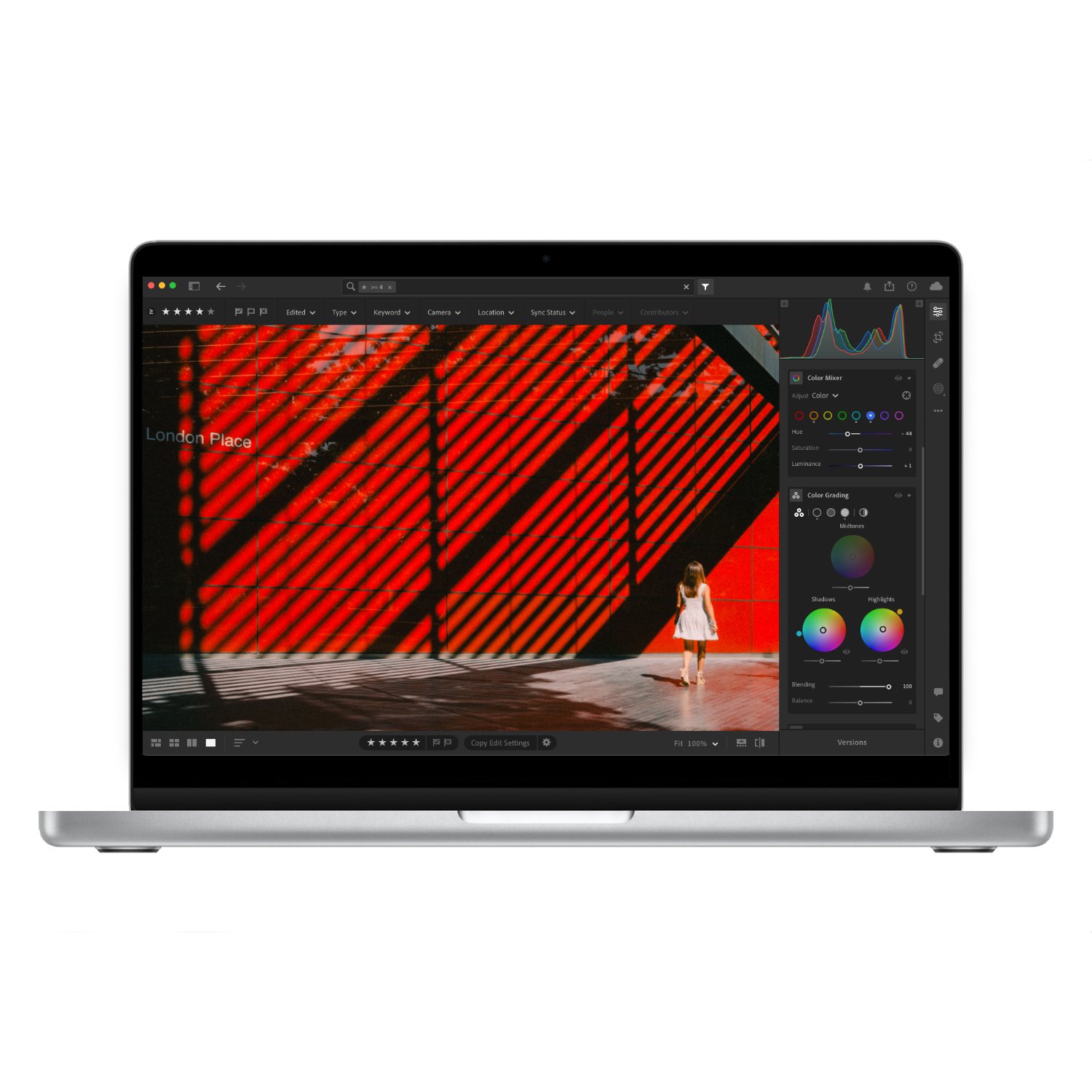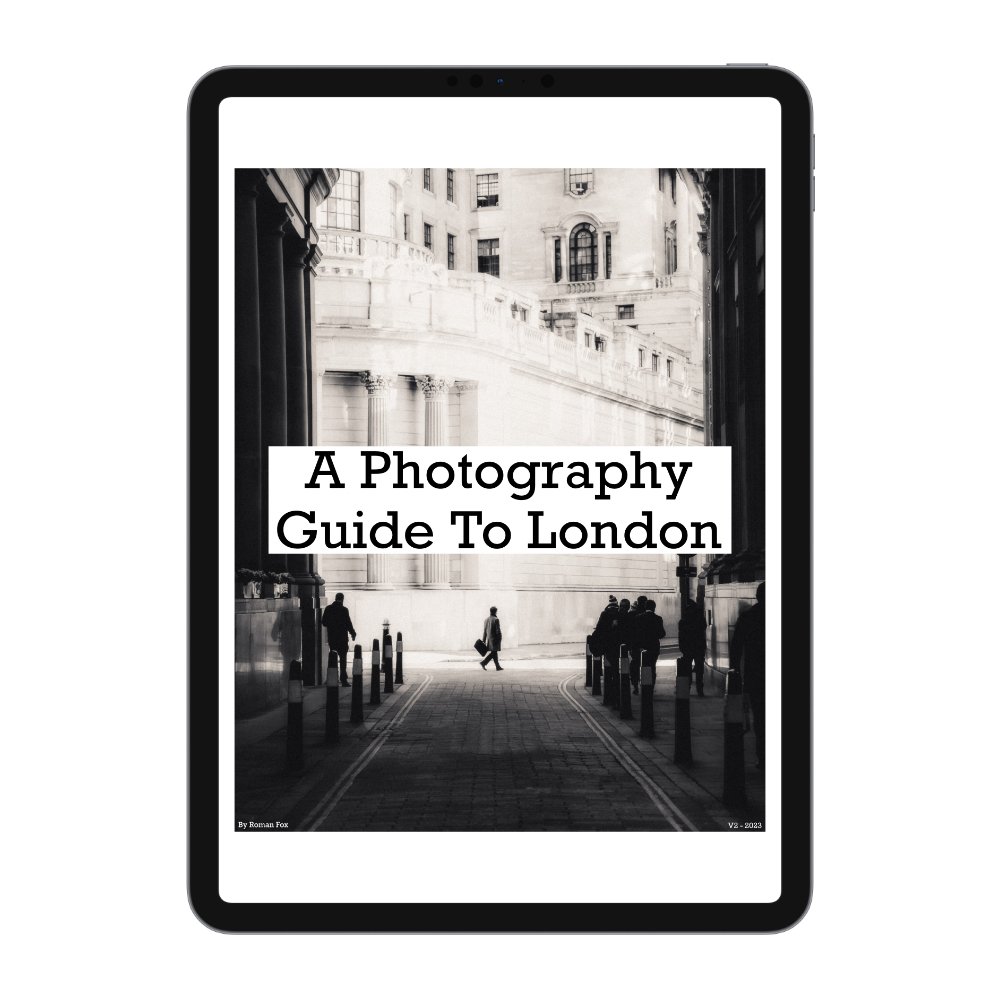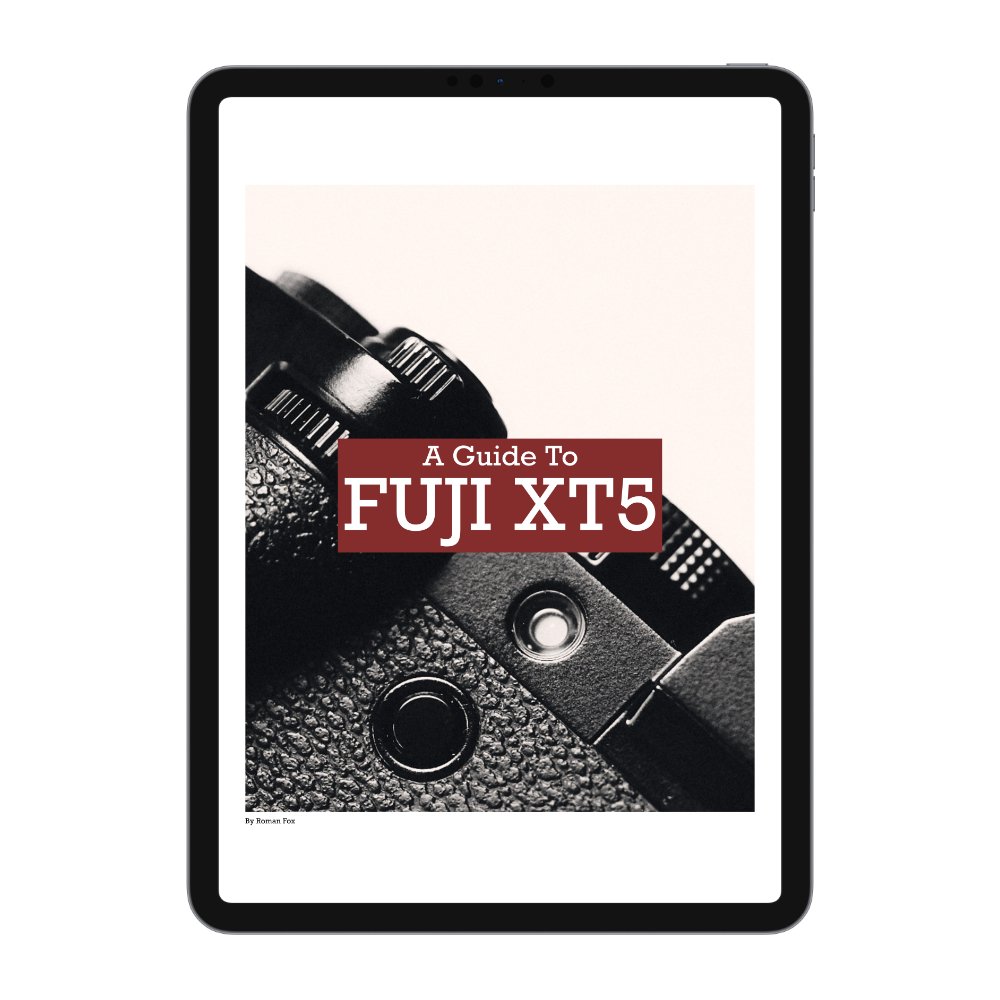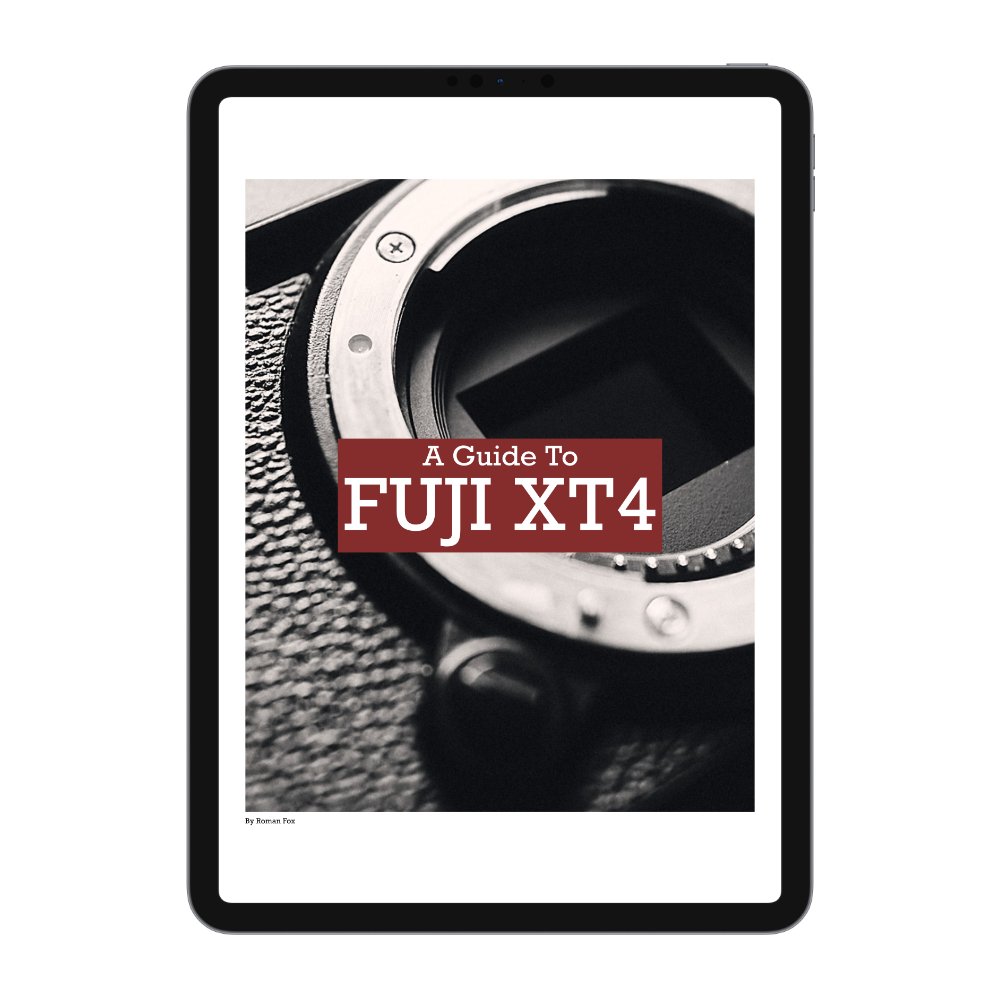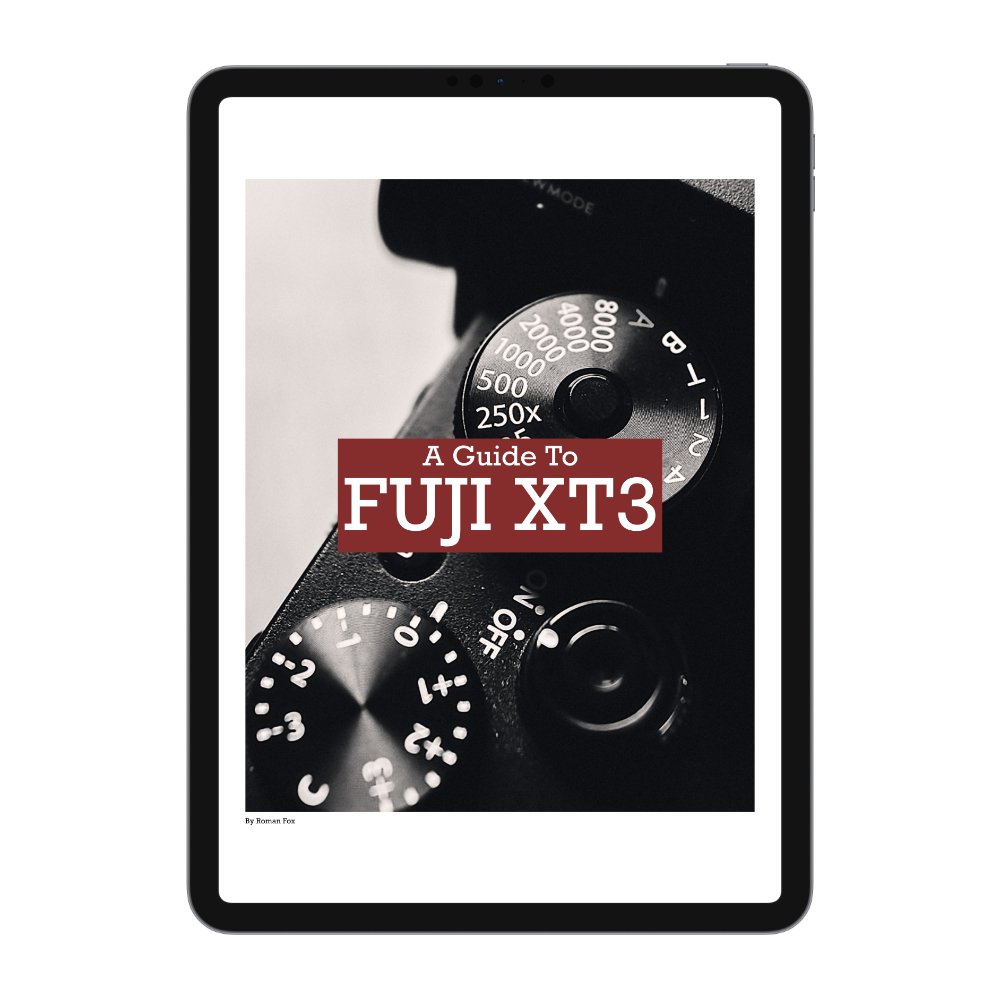10 Street Tips Every Photographer Should Know
In this blog I will share with you 10 street photography tips that every photographer should know. This is the advice I would give myself if I was starting today.
Good Shoes
Street photography is an active pursuit and you will cover many miles. I routinely walk upwards of 15 miles a day and on long summer days this can go even higher. Street photography is all about exploration, it’s about being curious and it’s about walking down every street that peaks your interest. If your shoes give you pain or worse still blisters, I can guarantee that your attention will not be on photography, you will not be in the mood and your day will be cut short. If you don’t want your photography or feet to suffer, invest in good shoes. I personally use Allbirds but you need to find what works for you through trial and error.
Learn To Observe
Street photography is all about observing. I know it sounds cliche but it’s true. When we go out for a walk, we are usually in our own little world day dreaming and thinking. As therapeutic as this is, it’s not the best practice if you want to get photos. Always be scanning the scene trying to find something that’s interesting to you. It could be a patch of light, a hand gesture, a well dressed person in the distance or an interesting reflection. Remove any distractions and try to pay attention to the world around you, you’d be surprised with what you see. If you struggle to focus at first, it’s ok because this is a muscle and it will be come easier with time.
Learn People Skills
Whether you like to include people in your work or not, shooting in the street will inevitably result in you having to deal with people. It could be a simple smile, a chat or explaining what you’re doing. The most valuable skill I learned is knowing how to read the room. By this I mean being aware of how people around you are behaving when your camera is out. Are they inquisitive or do they cover their faces? Do they seem relaxed or agitated? Do they stare at you or do they carry on with their business? Being able to understand this will make you a better photographer because you will know when you can get closer for a shot and when it’s best to put the camera down.
Pick Your Focal Length
Everyone will preach about what the right street photography focal length is. There are die hard 28mm fans and those that believe anything below 50mm is garbage. However knowing how to use different focal lengths and how to pick your favourite will pay dividends down the line. First figure out if you like to shoot scenes or subjects. Secondly figure out if you like to be in the middle of the action or a fly on the wall. If you like to shoot scenes then a 35mm would be a good start. If you prefer subjects then a 50mm would be good. If you like to be shoulder to shoulder with your subjects, a 28mm will achieve that. On the other hand if you prefer to be an observer from the distance then an 85mm will get you there. Through trial and error you pick your favourite however may I suggest being proficient in all of them.
Don’t Buy Fancy Gear
Out of all the genres out there, street photography is one that requires the lowest barrier of entry in terms of gear. You don’t need a £5000 full frame and an f1.2 lens to get great results. In fact most street photographers I know are using gear that’s incredibly affordable. A good APSC body and a small prime is all that’s needed. I suggest picking a camera that you love to hold in your hand, a camera that is light and a camera that is within your budget. If you spent your life savings on a camera, chances are you’d be scared to take it out just in case something happens.
Keep It Simple
When you’re out shooting, keep things small and light. This isn’t just related to your gear but also everything else you bring along. It can be easy to load up your backpack with every lens just in case, your laptop, filters and a tripod but in reality, all this stuff will slow you down. A heavy bag will mean you will get tired quicker. More lenses will mean you spending more time deciding which lens to use than actually using it. A giant zoom lens will mean a sore arm after 10 miles. Try to keep street photography as light and minimal as possible. Small sling bag, one or two primes, a spare battery and that’s it.
Understand Light
Photography is capturing light so being able to understand it and work with what you have, will make a world of difference. There are different ways to light the scene with the three main ones being back lighting, side lighting and direct light. Back lighting will give you the most cinematic, dynamic and contrasty look. This is where the light source is behind your subject. Side lighting will give you a sharper look while maintaining contrast and some depth. Direct lighting will flatten your scene and make everything look 2D. Neither of these is best or worst as it depends on the look you’re going for. If you want a cinematic shot then back lighting is what you need. If you want light to be a strong compositional element in your scene, then having it come from the side might help. If you have a very simple scene with strong colours, then direct light might be the best choice. Experiment with these three methods and soon you will know which one to use when.
Less Is More
There are many compositional elements that we often use such as leading lines and framing however the best compositional tip I can give you is to focus in removing as much from your frame as possible while only keeping what is essential. If your viewer has to spend 2 minutes scanning your photo figuring out what’s going on, then they will most likely move on quickly. The subject or the scene needs to be evident almost immodestly. It can be tempting to try and squeeze as much into the frame as possible but do your best to actually remove as much as possible and keep only what’s essential.
Take 3 Shots
Street photography can be overwhelming especially when you’re shooting somewhere new and unfamiliar. If you’re not sure where to even start I suggest using the 3 photo method. For every location you need to walk away with 3 photos showcasing it in different ways. The first photo is establishing as it sets the scene and tells the viewer where you are. This can be from a viewpoint overlooking the street. The second photo is the subject. This shows the viewer what’s interesting within the location. This can be from walking around the location. The third photo is a detail that might not make much sense on its own but when added to the first two, it ties the whole set together. In other words think wide, medium and tight.
Put In The Work
The last tip is the easiest yet the one we often forget. You can watch every video under the sun, read all the phonebooks and spend your life savings on workshops however nothing replaces experience. Although learning does help a lot, the only way to make real meaningful progress is by putting the work in. It’s by dedicating time for street photography and constantly chipping away at getting your first 10,000 photos.

